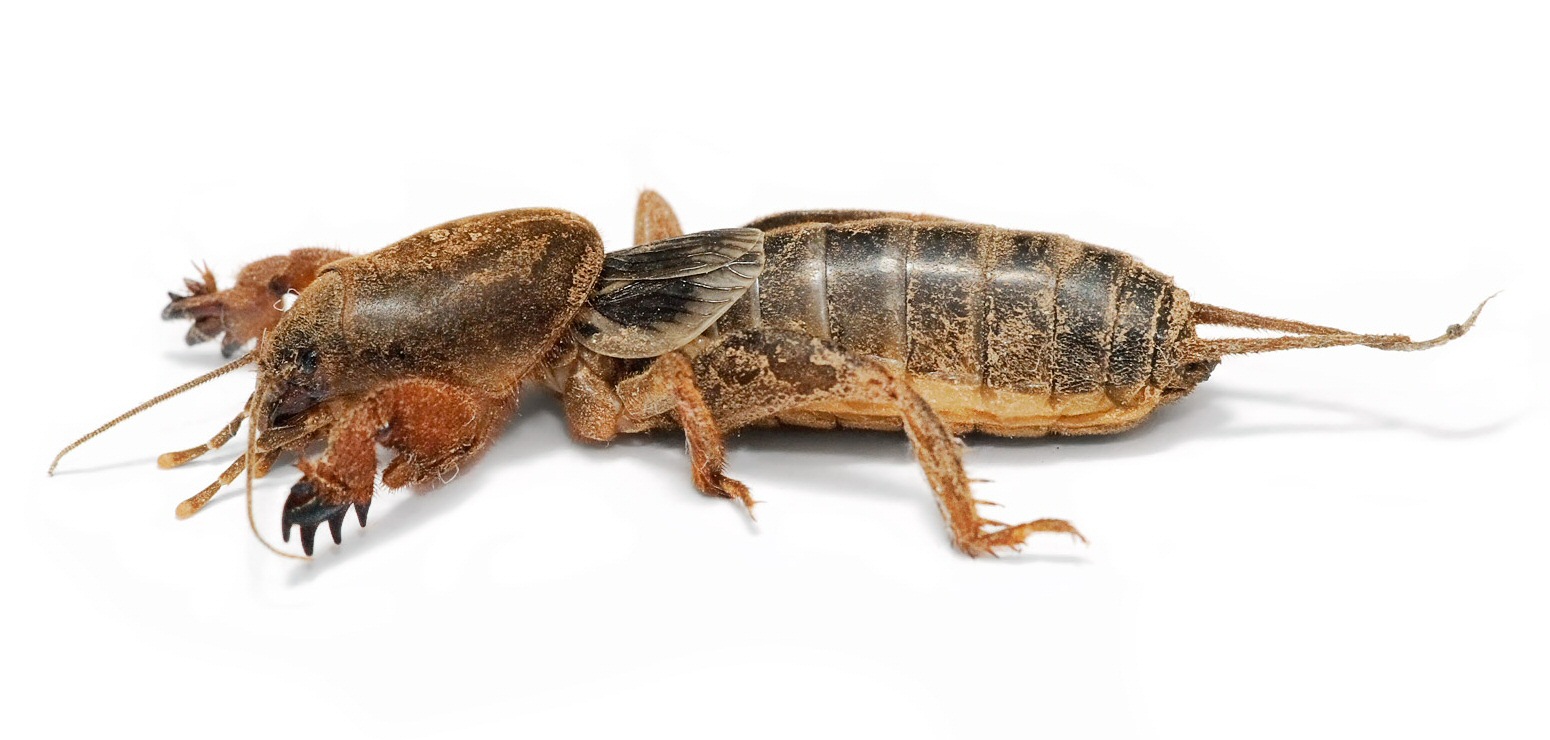|
Daihinibaenetes
''Daihinibaenetes'' is a genus of sand-treader crickets in the family Rhaphidophoridae. There are at least three described species in ''Daihinibaenetes''. Species These three species belong to the genus ''Daihinibaenetes'': * '' Daihinibaenetes arizonensis'' (Tinkham, 1947) (painted desert sand-treader cricket) * '' Daihinibaenetes giganteus'' Tinkham, 1962 (giant sand-treader cricket) * '' Daihinibaenetes tanneri'' Tinkham, 1962 i c g b (utah sand-treader cricket) Data sources: i = ITIS, c = Catalogue of Life, g = GBIF, b = Bugguide.net References Further reading * * Ensifera genera Rhaphidophoridae Taxonomy articles created by Polbot {{rhaphidophoridae-stub ... [...More Info...] [...Related Items...] OR: [Wikipedia] [Google] [Baidu] |
Daihinibaenetes Giganteus
''Daihinibaenetes giganteus'', the giant sand-treader cricket, is a species of camel cricket in the family Rhaphidophoridae. It is found in North America. References Rhaphidophoridae Articles created by Qbugbot Insects described in 1962 {{rhaphidophoridae-stub ... [...More Info...] [...Related Items...] OR: [Wikipedia] [Google] [Baidu] |
Daihinibaenetes Arizonensis
''Daihinibaenetes arizonensis'' is a species of insect in the family Rhaphidophoridae known commonly as the Arizona giant sand treader cricket. It is endemic to Arizona in the United States, where it is known only from sand dune habitat near Petrified Forest National Park Petrified Forest National Park is an American national park in Navajo County, Arizona, Navajo and Apache County, Arizona, Apache counties in northeastern Arizona. Named for its large deposits of petrified wood, the park covers about , encompassin ....''Daihinibaenetes arizonensis''. Heritage Data Management System. Arizona Game and Fish Department. This species is a wingless, cricketlike insect with a large pale brown body with a tan wash on the upper side. One of the few collected specimens measured over 2 centimeters in length. It ... [...More Info...] [...Related Items...] OR: [Wikipedia] [Google] [Baidu] |
Daihinibaenetes Tanneri
''Daihinibaenetes tanneri'', the utah sand-treader cricket, is a species of camel cricket in the family Rhaphidophoridae. It is found in North America North America is a continent in the Northern Hemisphere and almost entirely within the Western Hemisphere. It is bordered to the north by the Arctic Ocean, to the east by the Atlantic Ocean, to the southeast by South America and the Car .... References Rhaphidophoridae Articles created by Qbugbot Insects described in 1962 {{rhaphidophoridae-stub ... [...More Info...] [...Related Items...] OR: [Wikipedia] [Google] [Baidu] |
Rhaphidophoridae
The orthopteran family Rhaphidophoridae of the suborder Ensifera has a worldwide distribution. Common names for these insects include cave wētā, cave crickets, camelback crickets, camel crickets, Hogan bugs, spider crickets (sometimes shortened to "criders", or "land shrimp" or "sprickets",) and sand treaders. Those occurring in New Zealand, Australia, and Tasmania are typically referred to as jumping or cave wētā. Most are found in forest environments or within caves, animal burrows, cellars, under stones, or in wood or similar environments. All species are flightless and nocturnal, usually with long antenna (biology), antennae and legs. More than 500 species of Rhaphidophoridae are described. The well-known Gryllidae, field crickets are from a different superfamily (Grylloidea) and only look vaguely similar, while members of the family Tettigoniidae may look superficially similar in body form. Description Most cave crickets have very large hind legs with "drumstick-shape ... [...More Info...] [...Related Items...] OR: [Wikipedia] [Google] [Baidu] |
Ensifera Genera
Ensifera is a suborder of insects that includes the various types of crickets and their allies including: true crickets, camel crickets, bush crickets or katydids, grigs, weta and Cooloola monsters. This and the suborder Caelifera (grasshoppers and their allies) make up the order Orthoptera. Ensifera is believed to be a more ancient group than Caelifera, with its origins in the Carboniferous period, the split having occurred at the end of the Permian period. Unlike the Caelifera, the Ensifera contain numerous members that are partially carnivorous, feeding on other insects, as well as plants. ''Ensifer'' is Latin for "sword bearer", and refers to the typically elongated and blade-like ovipositor of the females. Characteristics Characteristics shared by the two orthopteran suborders, Caelifera and Ensifera, are the mouthparts adapted for biting and chewing, the modified prothorax, the hind legs modified for jumping, the wing shape and venation, and the sound-producing stridu ... [...More Info...] [...Related Items...] OR: [Wikipedia] [Google] [Baidu] |

